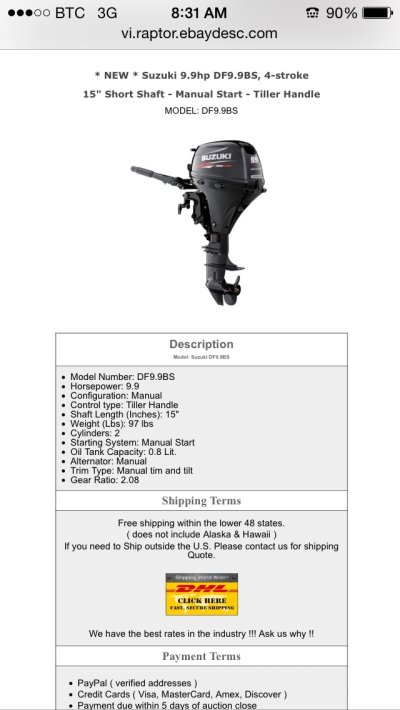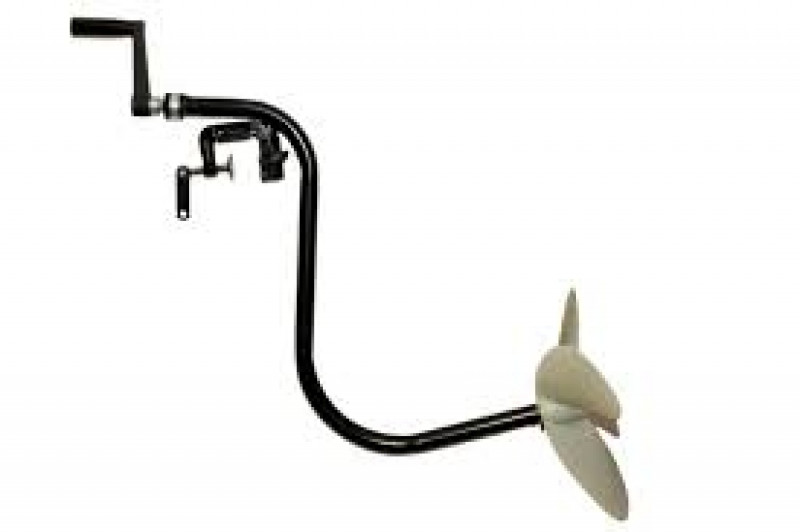ranger58sb
Guru
Rowed and let the wind push my RIB back to the mother ship. An hour to go maybe a half a mile. I think I could row a cast iron bathtub faster.
Row till you drop.
If that's the answer, then I'm getting something rowable. Mine isn't for any meaningful distance.
Walker Bay makes a rigid dinghy with an inflatable collar option. That approach could mean RIB-like advantages in a rowable dinghy. The WB dinghy is said to row OK, and I'd guess certainly better than most RIBs. The WB dinghy also has an optional sail kit. The WB one doesn't do high speeds with the motor, though, if that's also a requirement.
Might be other makers offer a similar approach. And/or might be possible to add an inflatable collar to any decent rigid dinghy.
?
Might be slightly easier/better rowing on most RIBs by simply improving the oars. Meaning use real ones, instead of the abbreviated versions typically included with most RIBs.
Another approach might be doing your exploring with a canoe. Square-stern, add a motor... paddle home under duress if necessary. Maybe try a kayak paddle instead of a typical single canoe paddle. Fill most of the canoe with inflatable bags when interior space isn't needed (whitewater bags), remove those when you're hauling groceries.
Could maybe keep the RIB, add a canoe to your boat, use the (motorized?) canoe for longer distance exploring, use the RIB when you need a short-trip station wagon.
??
-Chris



